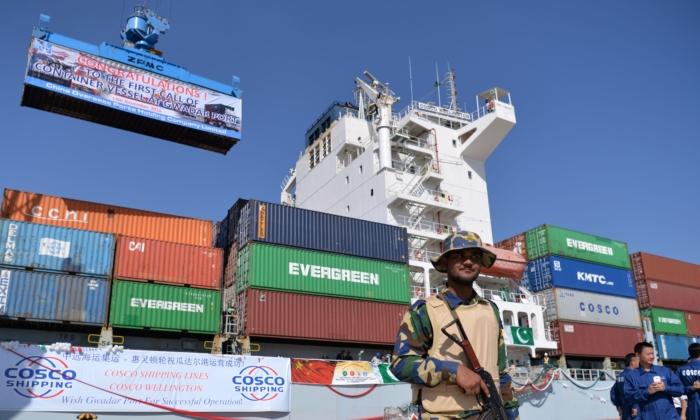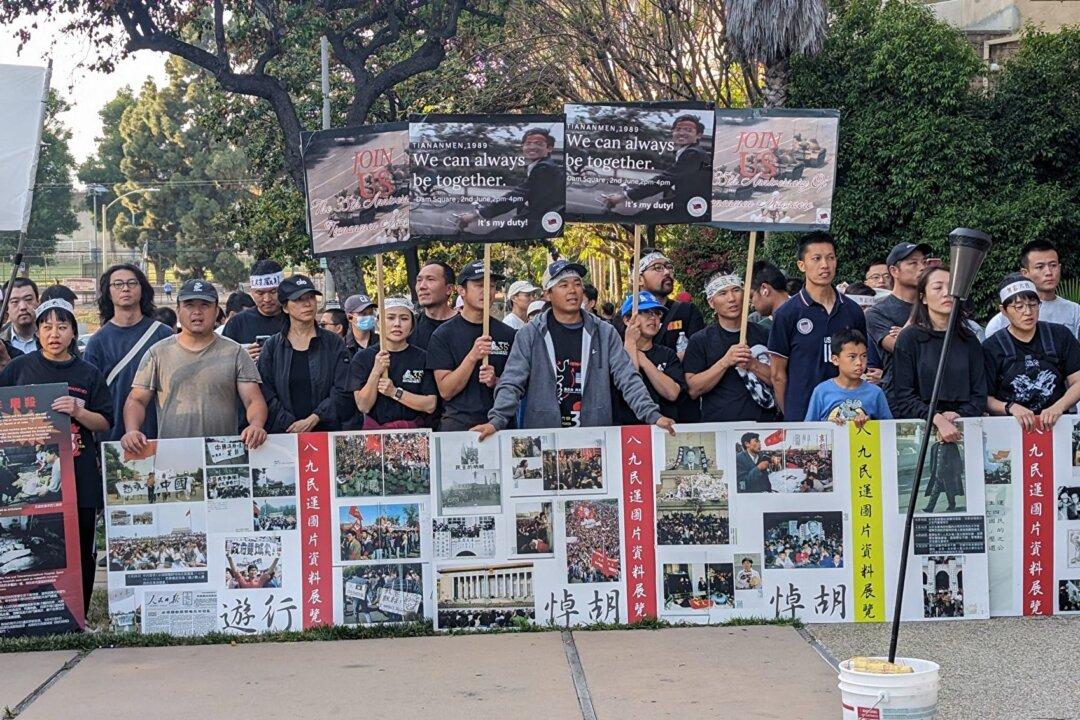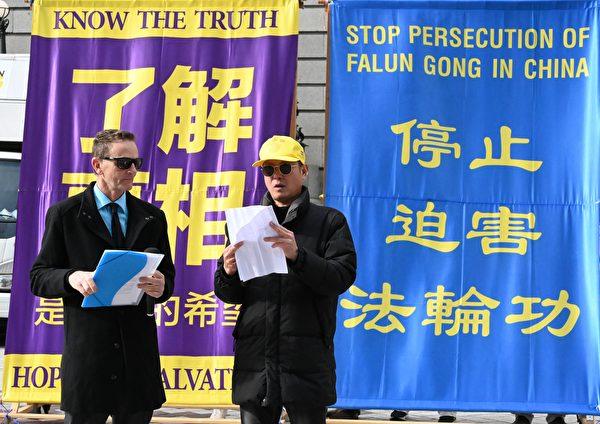A convoy carrying Chinese citizens was attacked on Sunday near the port of Gwadar in Balochistan, Pakistan, said the Chinese Embassy in Karachi. The embassy claimed no casualties on the Chinese side.
Balochistan Liberation Army (BLA) militants claimed responsibility for the attack that killed four Chinese workers and nine Pakistani soldiers, reported the AFP news agency.
Pakistan’s Inter-Services Public Relations said in a statement that “two terrorists were sent to hell with no harm to any military or civil persons.”
Chinese Workers Targeted
The Chinese Embassy urged Pakistani authorities to investigate, punish, and take measures against the attackers to prevent similar incidents from happening again, according to an official statement.Chinese media confirmed the attack on a convoy of four bullet-proof vehicles carrying 23 Chinese workers, and the following anti-terrorist acts of the Pakistan military killed two terrorists and injured two soldiers.
The attack has again raised the alarm for Chinese workers involved in Beijing’s massive strategic infrastructure plan, the Belt and Road Initiative (BRI), on foreign soil.
In the past, various Baloch separatist groups have claimed attacks on projects linked to the China–Pakistan Economic Corridor (CPEC) project, with thousands of security personnel deployed to counter threats against Beijing’s interests.
The CPEC project is the cornerstone of Beijing’s massive BRI and seeks to link China’s western Xinjiang province to Gwadar port in Balochistan, Pakistan’s least populous province but which is rich in mineral resources.

China’s port development in Gwadar, located on the southwestern coast of Balochistan, shows the strategic significance of Gwadar port to the regime’s growing naval ambitions.
Once a small fishing town, Gwadar is currently in the process of becoming an international port city under the development of the Chinese Communist Party (CCP).
Internally, Gwadar offers Beijing commercial linkages between western China, Pakistan, and Central Asia to promote economic growth and manage perceived risks to social stability in Xinjiang.
Balochistan has seen a decades-long insurgency against what separatists call the unfair exploitation of resources in the mineral-rich province.
In November 2018, the BLA claimed responsibility for an attack on the Chinese Consulate in the upmarket Clifton area.
“We have been seeing the Chinese as an oppressor, along with Pakistani forces,” a spokesman for the group told AFP.
Subsequently, it has routinely resulted in unfair competition to local businesses in the host country. An examination of the contractors participating in Chinese-funded projects shows that 89 percent are Chinese companies, said the report.






